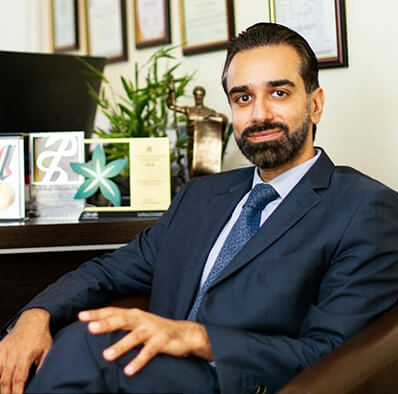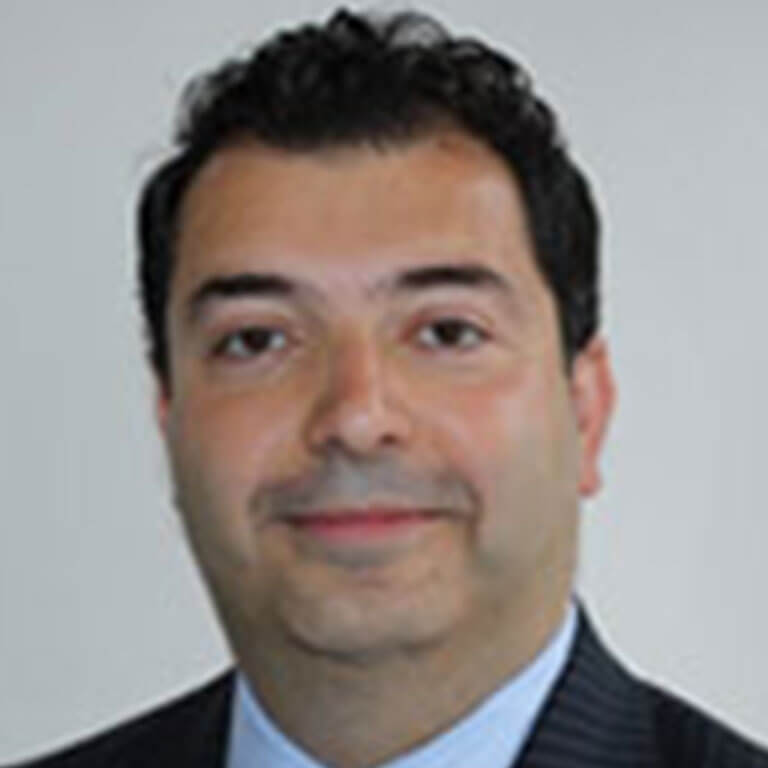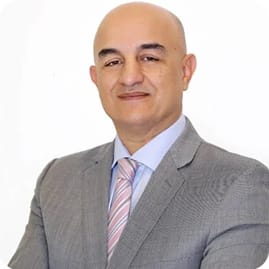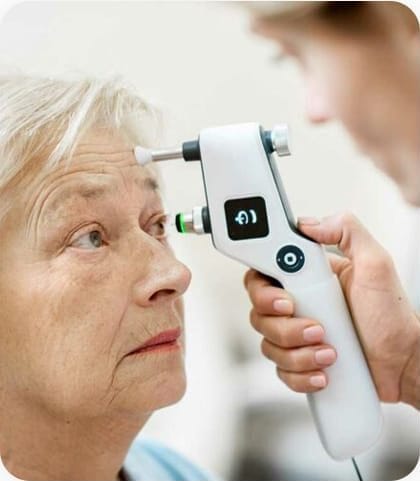Introduction
Imperial Health offers comprehensive strabismus management for both children and adults. Our experienced ophthalmologists specialize in diagnosing and treating this condition, commonly known as crossed eyes, ensuring proper eye alignment and optimal vision. We are dedicated to providing personalized care and improving the quality of life for individuals with strabismus.
Our Services
Strabismus occurs when the eyes do not align properly, causing them to point in different directions. This can lead to double vision, amblyopia (lazy eye), and other visual problems. Our strabismus management services include:
- Comprehensive Eye Exams: We conduct thorough eye exams to diagnose strabismus and assess its impact on vision.
- Non-Surgical Treatment: In some cases, strabismus can be managed with non-surgical methods, such as glasses, prisms, or vision therapy.
- Strabismus Surgery: When necessary, we perform strabismus surgery to correct the alignment of the eyes. This involves adjusting the eye muscles to improve eye coordination.
- Post-Operative Care: We provide comprehensive post-operative care to ensure optimal healing and visual outcomes.











